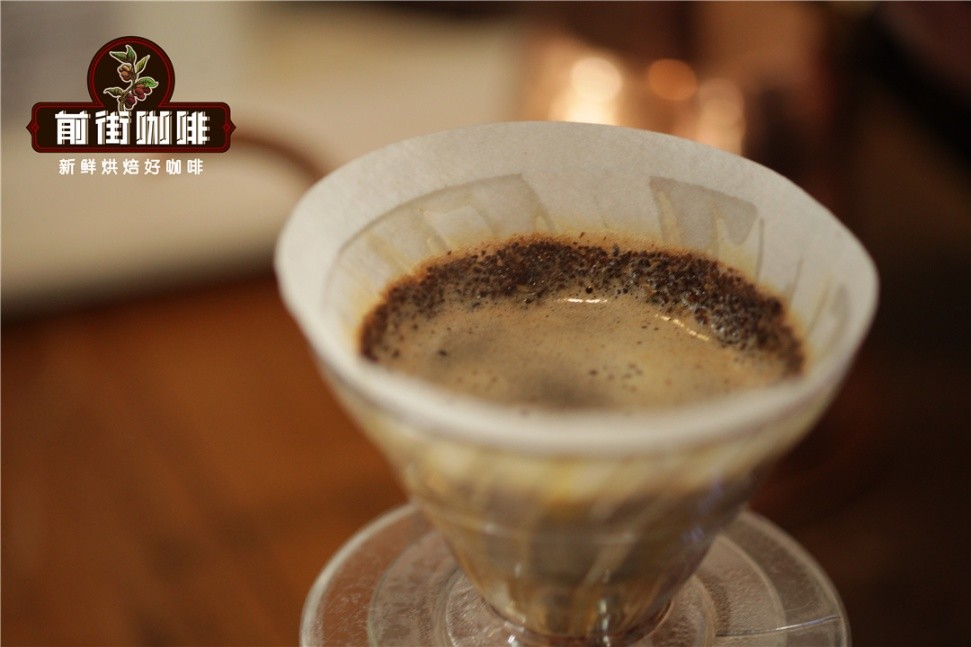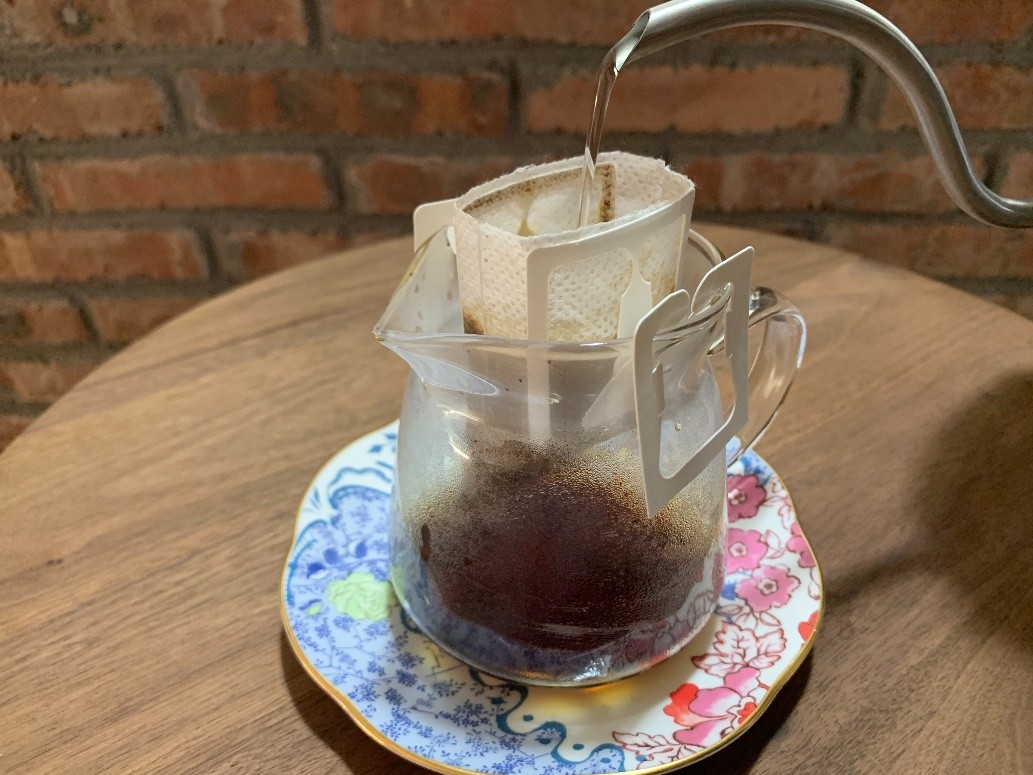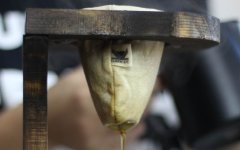What is a coffee nap? The effect of coffee nap? Don't take a coffee break for more than 20 minutes?
The science behind the coffee nap
Coffee is a stimulant. When you drink coffee or anything that contains caffeine, it is absorbed through the small intestine and into the bloodstream. Caffeine is both water-soluble and fat-soluble-it dissolves in your blood and cell membranes. These properties cause caffeine to penetrate the blood-brain barrier and enter your brain.
Once in the brain, caffeine is located in the brain cell receptor of adenosine, a chemical neuroregulator that accumulates in large amounts and makes the body feel tired. Structurally, caffeine is like adenosine-it can easily integrate into adenosine receptors in brain cells. But in doing so, it must compete with adenosine.
Napping naturally removes adenosine from the brain. If you take a 20-minute nap after drinking coffee, you can effectively remove adenosine from your brain and reduce competition for caffeine when it enters brain cell receptors. During a coffee nap, some levels of competitive adenosine are cleared during your nap, so caffeine can get more space in your brain and increase your alertness.

Research shows the efficacy of coffee napping
The theory of coffee napping sounds promising. Scientists and researchers have conducted some studies to support the claim that coffee napping is more effective than drinking coffee or napping alone. Although there are only a few small sample sizes in studies on this subject, they all point to the fact that coffee napping is effective.
A study of 12 sleep individuals showed that participants who took 200 milligrams of caffeine and then took a 15-minute nap felt 91% less sleepy while driving than those without caffeine and napping two hours before they were placed in a driving simulator. This is true even if they do not sleep during the nap, but just lie there and half-sleep.
Now coffee nap can effectively eliminate driver's drowsiness in the following aspects. In this study, compared with the control group, 10 sleepy adults took 150 milligrams of caffeine less than 15 minutes before going to bed and felt significantly less sleepy within two hours in the driving simulator.
All these studies have shown that drinking coffee before taking a nap can improve productivity.

The duration of a coffee nap
In a coffee nap, time is crucial. If you want to take advantage of both coffee and a nap, your coffee nap should be between 15 and 20 minutes. It should not take more than 20 minutes, otherwise, coffee napping will not be so effective.
The whole process of coffee breaking down and reaching the brain takes about 20 minutes, when your body will begin to feel the effects of coffee. Before that, if you can take a quick nap and naturally remove adenosine from your brain, it will leave more room for caffeine to stay in your brain's cellular receptors. The presence of more stimulants will improve your performance for the rest of the day.
There is another reason why napping for more than 20 minutes during a coffee nap is not recommended. It takes about 20 minutes for your body to enter the deep sleep stage, and if you wake up from the deep sleep stage, you may feel drowsy and disoriented for a while. You will be in a state of sleep inertia, which will counteract the effect of a coffee nap.
On the contrary, when you sleep for 20 minutes, you will wake up before entering a deeper sleep. You won't experience sleep inertia and wake up feeling refreshed.
Important Notice :
前街咖啡 FrontStreet Coffee has moved to new addredd:
FrontStreet Coffee Address: 315,Donghua East Road,GuangZhou
Tel:020 38364473
- Prev

Brief introduction of coffee producing country Brazil what are the advantages and disadvantages of historical strip picking of Brazilian coffee beans?
Brazil country profile: area-8515770 square kilometers of the capital-main port city of Brasilia-Port Santos population-205823665 (July 2016) spoken language-Portuguese (official), German, some Spanish, various American Indian languages, English about coffee: the population involved in coffee-about 360000
- Next

The best time of day to drink coffee? Can I go to bed after coffee? What needs to be avoided?
How to drink coffee and take a nap is best to drink your coffee quickly, because if you sip it slowly, caffeine may start to affect your body even before you finish your coffee. You can choose cold coffee, which is easier to finish. It is best to avoid using sugar, cream or milk and choose black or espresso. This can maximize the benefits of coffee siesta, because your body
Related
- Detailed explanation of Jadeite planting Land in Panamanian Jadeite Manor introduction to the grading system of Jadeite competitive bidding, Red bid, Green bid and Rose Summer
- Story of Coffee planting in Brenka region of Costa Rica Stonehenge Manor anaerobic heavy honey treatment of flavor mouth
- What's on the barrel of Blue Mountain Coffee beans?
- Can American coffee also pull flowers? How to use hot American style to pull out a good-looking pattern?
- Can you make a cold extract with coffee beans? What is the right proportion for cold-extracted coffee formula?
- Indonesian PWN Gold Mandrine Coffee Origin Features Flavor How to Chong? Mandolin coffee is American.
- A brief introduction to the flavor characteristics of Brazilian yellow bourbon coffee beans
- What is the effect of different water quality on the flavor of cold-extracted coffee? What kind of water is best for brewing coffee?
- Why do you think of Rose Summer whenever you mention Panamanian coffee?
- Introduction to the characteristics of authentic blue mountain coffee bean producing areas? What is the CIB Coffee Authority in Jamaica?

